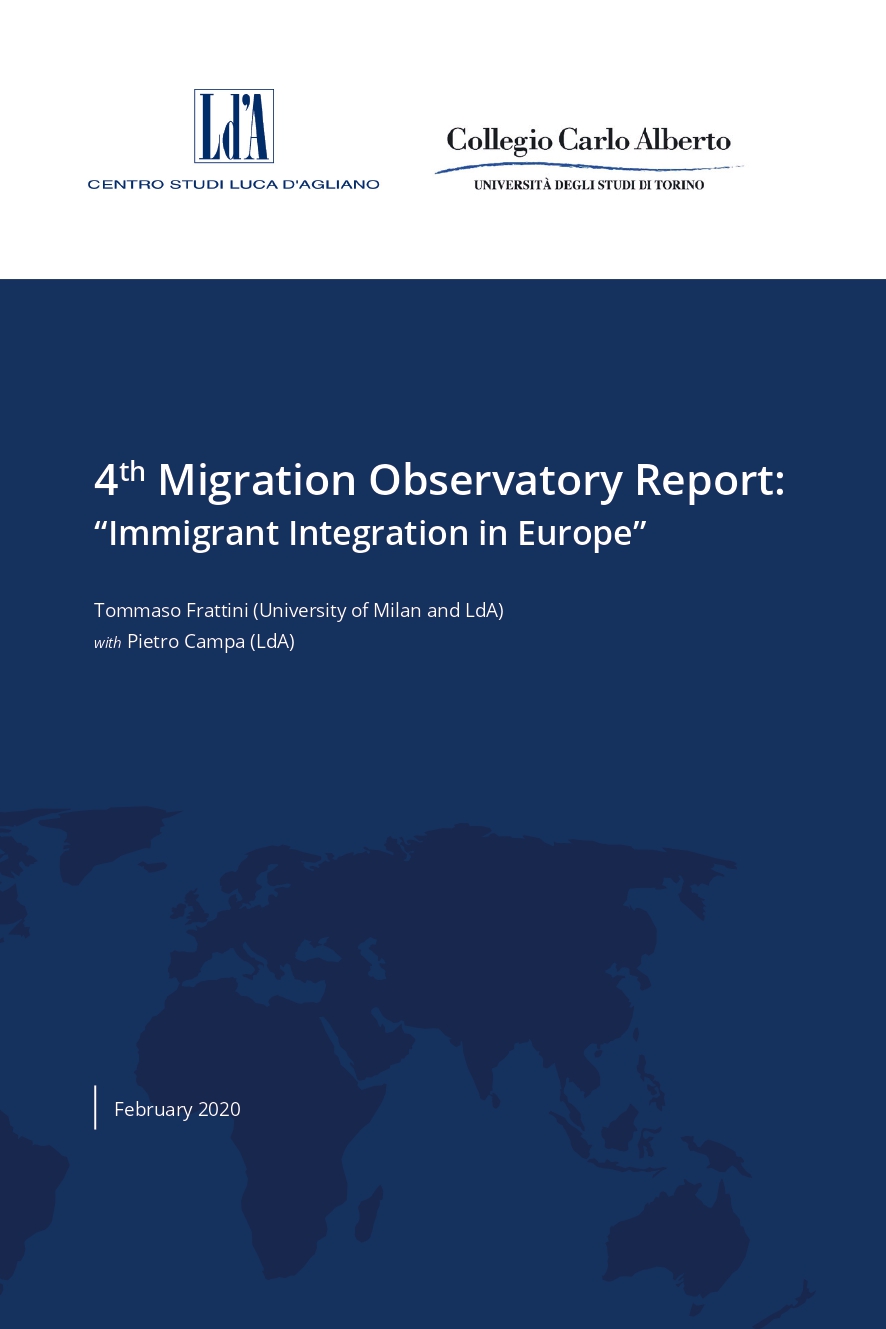4th Migration Observatory Report "Immigrant Integration in Europe"
Abstract:
in the first part we use data from the latest edition of the European Labour Force Survey (2018) to provide a concise, easily accessible and up-to-date source of reference regarding the size, characteristics, and relative economic performance of immigrants in EU countries. In the second part, instead, we explore the geography of migration.
We show that clustering and agglomeration, in regions and in occupations, play a central role in shaping immigrant integration. Immigrants’ employment probability is – on average – not too different from that of natives, also because immigrants are concentrated in the most economically successful regions within a country. However, immigrants have considerably lower wages than natives, largely because they tend to be employed in low pay occupations. The tension between living in richer regions and performing low skilled jobs may contribute to explain the common misperceptions of natives with respect to immigration.

